Skype: neodalle-travel
Tel: +86 135 7447 2266
E-mail: sales@visitaroundchina.com
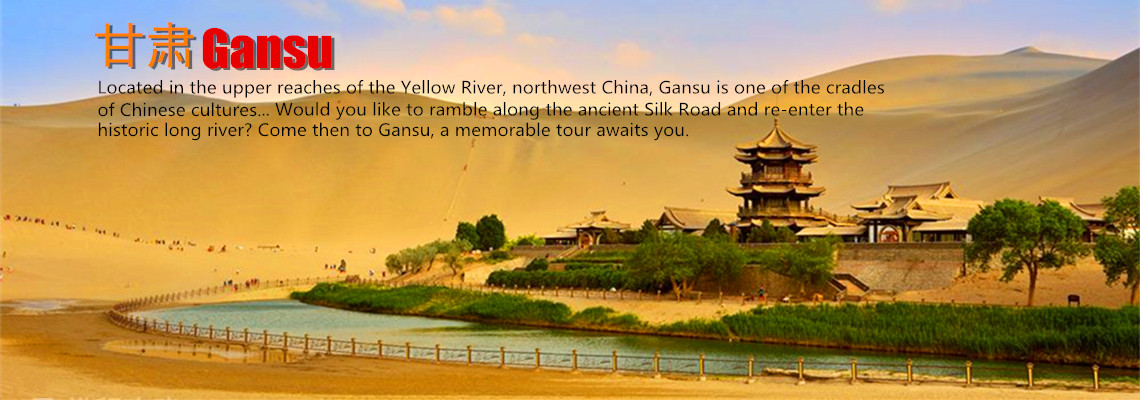
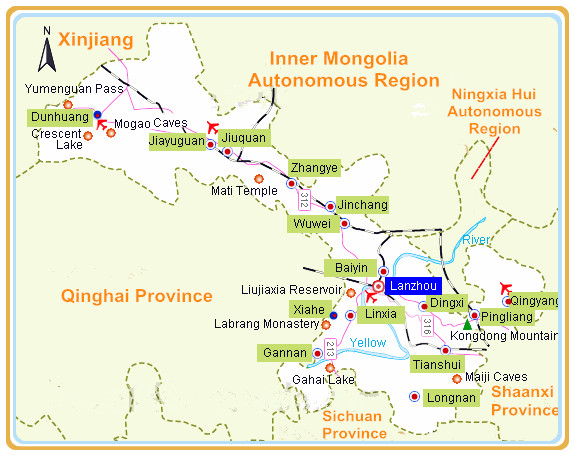 Tianshui, known as Qinzhou in ancient timesis, lies in the southeast of Gansu Province, close to the west of the Qinling Mountains, along the upper reaches of Weihe River. Tianshui, a necessary stop on the ancient Silk Road, is the cradle of the ancient Chinese culture, enjoying the fame as 'Native Place of Emperor Xi'. There are many ancient relics and historical sites in Tianshui, including Dadiwan Site where preserved a large number of cultural relics of the Yangshao Culture, Fuxi Temple which is the only temple with the statue of Fuxi, and Maijishan Grottos famed as 'Gallery of Oriental Sculptures'...More
Tianshui, known as Qinzhou in ancient timesis, lies in the southeast of Gansu Province, close to the west of the Qinling Mountains, along the upper reaches of Weihe River. Tianshui, a necessary stop on the ancient Silk Road, is the cradle of the ancient Chinese culture, enjoying the fame as 'Native Place of Emperor Xi'. There are many ancient relics and historical sites in Tianshui, including Dadiwan Site where preserved a large number of cultural relics of the Yangshao Culture, Fuxi Temple which is the only temple with the statue of Fuxi, and Maijishan Grottos famed as 'Gallery of Oriental Sculptures'...MoreFacts of Tianshui
Chinese Name: 天水市 (tiān shuǐ shì)
Population: 3,500,000
Area: 14,392 square kilometers (5,557 square miles)
Nationalities: Han,Hui
Administrative Division: 2 Districts (Qinzhou, Maiji); 1 Autonomous County (Zhangjiachuan Hui Autonomous County); 4 Counties (Qingshui, Qin'an, Gangu, Wushan)
History of Tianshui
As a major town along the Silk Road,it was believed to be the original site where the Qin Tribe’s ancestors thrived during the Western Zhou Period. This Qin ancestors were good at animal husbandry,hunting and ranching. To award their extinguish contribution in ranching,Emperor Xiao of the Zhou Dynasty conferred the place to Feizi,head of the Qins,known as Qinying. In 221B.C. When Emperor Yingzheng,the first Emperor of the Qin Dynasty unified China,Qinzhou was officially established as an administrative unit. In the 3rd year of the Yuanding Period during Emperor Wu of the Han Dynasty,Qinzhou was known as Tianshui(heavenly water). The name originated from a lake situated west of the City. The lake was famous for its “stable water during all seasons,winter or summer,droughts or floors”. Ancients believed that this “wonderful lake must have come from heaven”.
After the opening of the Silk Road,Tianshui became one of the major towns for merchants to visit and conduct trade. Tianshui reached its prime time during the Kaiyuan Period of the Tang Dynasty and was knowns as the “Trade Center of All Times”. In the long history of the ancient silk road, Tianshui played an important role as a gateway and a posthouse. According to the book The Biography of Monk Xuanzang od Da Cien Temple, Mink Xuanzang traveled westward to India to worship Buddha and to bring back Buddhism scriptures,the mink stayed in Tianshui for one night. Stories about the monk and his pilgrimage to the west are still very popular in Tianshui nowadays.
What to see in Tianshui?
The southern and eastern parts of the city are mountainous, while the north is a loess hilly area (with soil comprised mainly of wind-blown sediment). A fraction of the central area lies in the river valley. As a whole, the City's terrain slopes downward, from northwest to southeast.
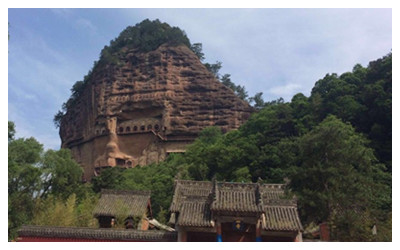 |
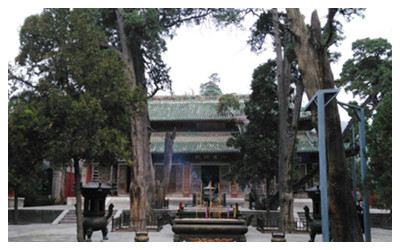 |
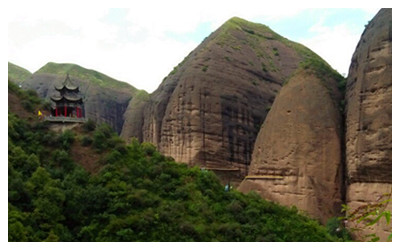 |
| Maijishan Grottoes | Tianshui Fuxi Temple | Tianshui Water Curtain Cave |
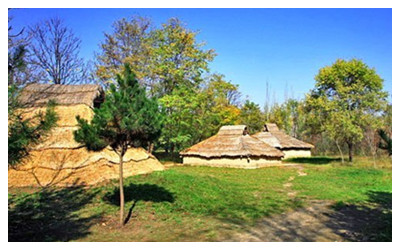 |
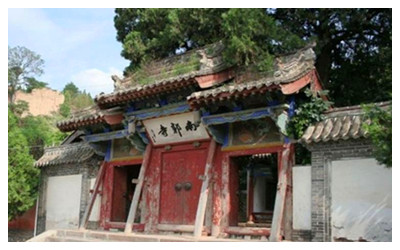 |
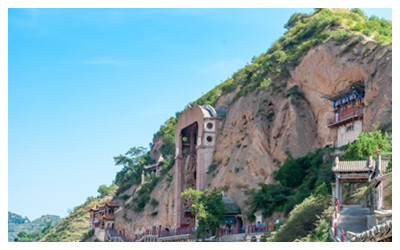 |
| Dadiwan Cultural Ruins | Tianshui Nanguo Temple | Daxiangshan Mountain |
When to Visit Tianshui ?
Enjoying a temperate continental climate, Tianshui has distinct seasons, with extreme heat appearing in July, fading into an overcast and rainy autumn. The yearly temperature is around 11![]() C . September, October, and November are the best months to visit there.
C . September, October, and November are the best months to visit there.
How to get to Tianshui ?
1. Tianshui is a five hour drive from Lanzhou. From downtown area, visitors can take city buses to the foot of Maiji Mountain (a 40 minute trip; busses are located opposite the train station), and it is still 5 kilometers from the Maiji Caves.
2. The Fuxi Temple is easily accessible once you are in the downtown area of Tianshui - simply walk down the street south of Central Square. Temple admission is free from the first day to the seventh day of the first lunar month.
Tianshui Travel Guide
Local Highlights: Tianshui Fuxi Culture and Tourism Festival (June)
Special Local Products: Sea Backthern from Qingshui County, carved lacquer products, silk carpets, Wushan jade cavings.
 Ask Questions ?
Ask Questions ?